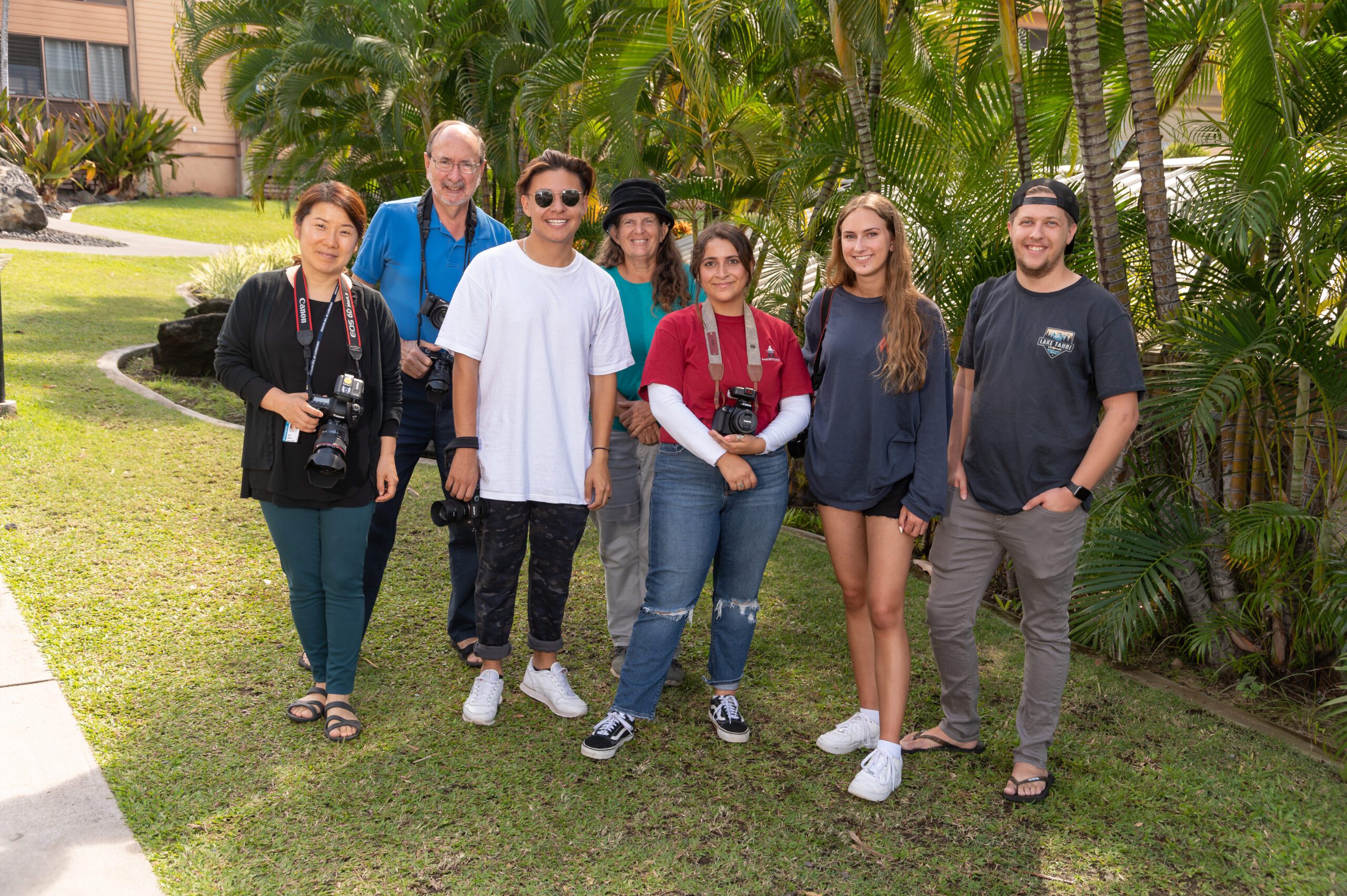Photo above [NIKON Z 6, VR Zoom 24-105mm f/4G IF-ED, Mode = Aperture Priority, ISO 100, 1/60, ƒ/6.3, (35mm = 35) flash used was Flashpoint XPLOR 600 HSS TTL Monolight w/ R2 2.4GHz using the R2 Mark II ETTL Wireless Flash Trigger for Nikon -1 EV setting with TTL]
Every year since 2006, Dennis Fahringer has invited me to teach his School of Photography 1 student at the University of Nations in Kona, Hawaii, studio lighting.

While I was initially asked to teach only studio lighting, I have also introduced some business practices.
I believe every successful business starts with the customer, discovering what needs/wants they have and creating a business that meets those needs/wants. Too many photography programs only teach how to do photography and never give their students the one thing that will determine their ability to do this as a career and not a hobby–business skills.
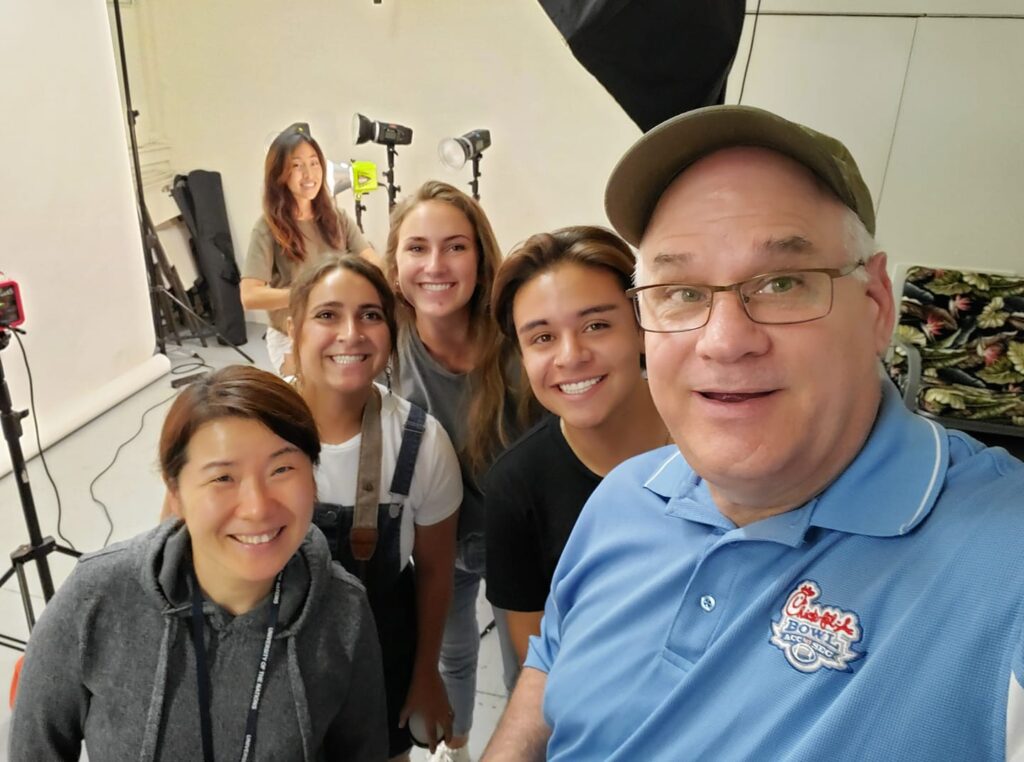
Dennis caps the class at 16 students. He usually has a waiting list. This year we only had four students. This just meant this class got even more one-on-one time with their instructors.
This year, the students were from four countries: Colombia, South Korea, Canada, and the USA. Some years, we had as many as nine different countries represented. They fly to Kailua-Kona, Hawaii, and spend three months doing just photography. I believe Dennis has put together one of the best foundation courses for photography I have ever seen.
On my first day, I teach how to turn on the studio flashes, adjust their power, and make them work with your camera. Their first lighting assignment is to start with just one light and learn how to place it in the starting place for most portraits. That is 45º to the side of the camera and then 45º above their eye level. When done correctly and the subject is looking at the camera, you will get the classic lighting style of Rembrandt.
Here is a link to that first assignment they do in case you also want to try it yourself: https://picturestoryteller.com/2016/02/08/seeing-rembrandt-lighting-and-then-creating-it/
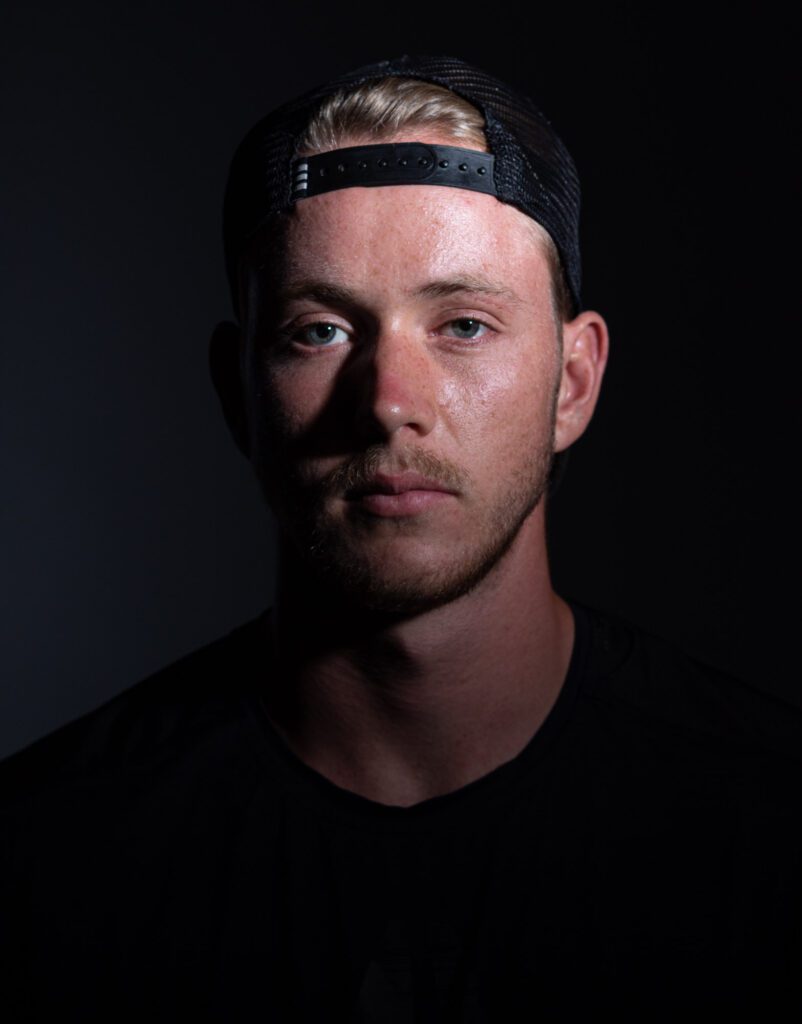
Day two is learning how to do Butterfly Lighting.
Butterfly lighting is a portrait lighting pattern in which the key light is placed above and directly centered with a subject’s face. This creates a shadow under the nose that resembles a butterfly. It’s also known as ‘Paramount lighting,’ and it is named for classic Hollywood glamour photography.
Here is a link to that assignment: https://picturestoryteller.com/2019/03/02/students-butterfly-lighting-examples/
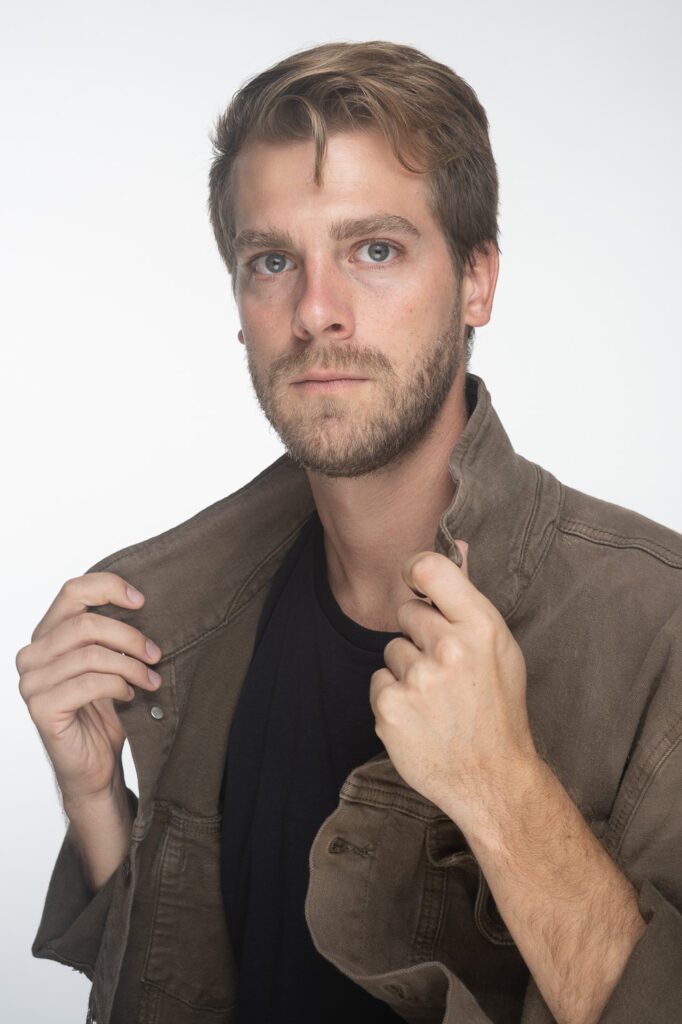
On day three, we tackled 3:1 Ratio Lighting.
The lighting ratio in photography compares key light (the primary source of light from which shadows fall) to fill light (the light that fills in the shadow areas). The higher the lighting ratio, the higher the image’s contrast; the lower the ratio, the lower the difference.
Here is a link to that assignment: https://picturestoryteller.com/2016/02/10/lighting-setup-2-assignment-for-my-class-31-lighting-ratio/

For the mixed lighting assignment, they were to use one light to improve the photo. I asked them to hand in two images—one without the light and the second showing how the light improved the picture.
Here is that assignment: https://picturestoryteller.com/2016/02/12/lighting-assignment-combining-studio-strobes-with-available-light/
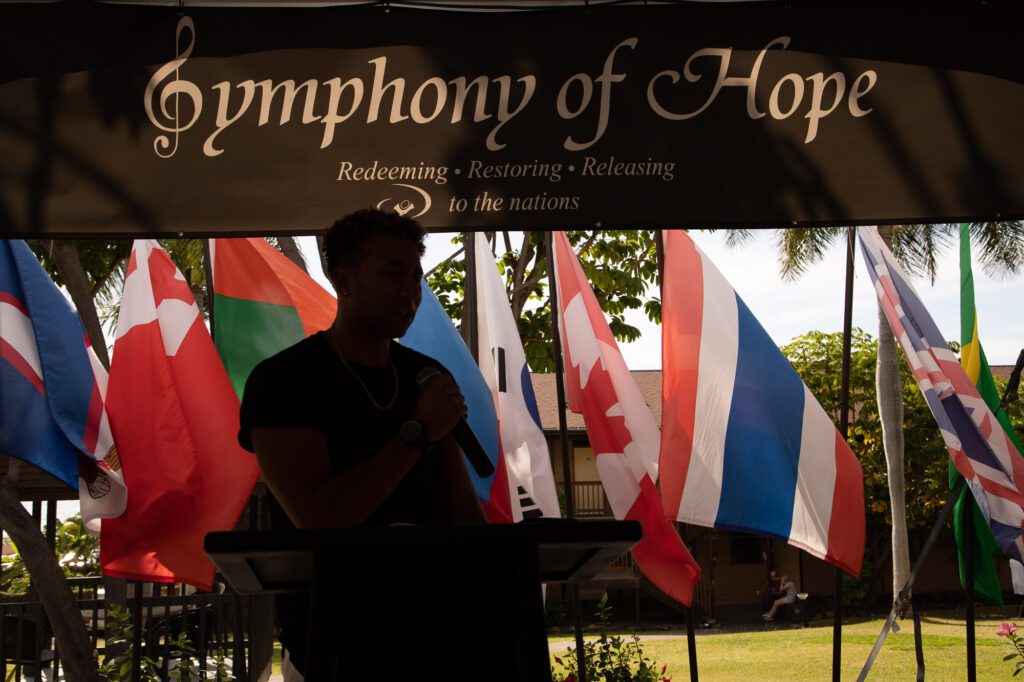
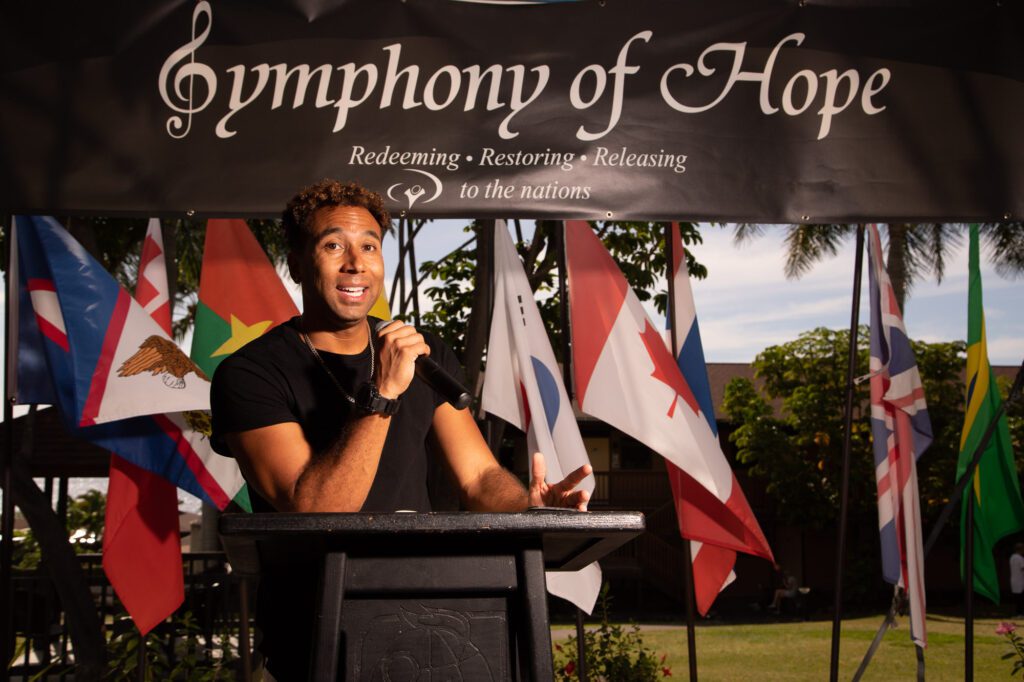
I also asked that each photo have a caption. There are two reasons for this. First, it is easier to find the image later if the text is embedded in the metadata. Second, most clients will also benefit from having this information. We were not using the AP Style for captions, but more of a social media style. This was their first attempt at writing captions for most of them.
Myoungsuk Kim said, “This week has taught me that I can take photos not just for me, but for others.” That was one of the best things I could have heard.
Most people want to do photography and get paid, but they are usually self-centered in their photography. It is when you realize that when you make photos that others enjoy and, more importantly, use, they will pay you to do this, making it possible to do this for a living.
“The evidence is overwhelming: The best way to get what you want is through serving others.”
anonymous

